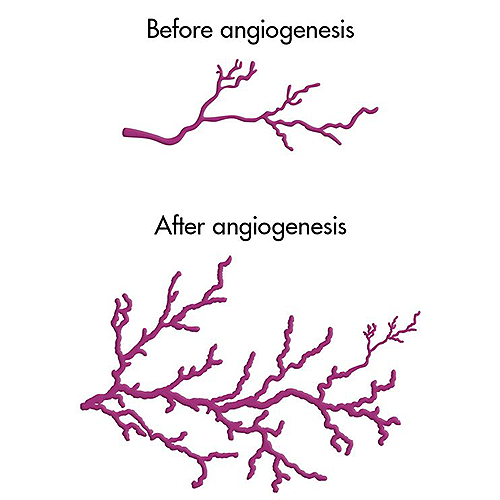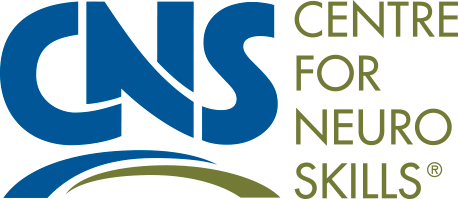How Neuroplasticity Works
 Neuroplasticity can be seen as the process of rebuilding the bridge between disconnected neurons and rehabilitation as a driving force in this process for providing the right input at the right time with the right amount of intensity to make these new connections. Inside the brain, this can occur through four major processes: Angiogenesis, Synaptogenesis, Dendritic Arborization and Neurogenesis. Angiogenesis is the creation of new blood vessels within brain structures. After a brain injury, there can be decreased blood flow to those structures when they can be most in need of more oxygen and glucose for recovery. From a rehabilitation standpoint, it has been determined that one of the best ways to induce angiogenesis is though physical exercise, especially aerobic exercise. Synaptogenesis is the creation of new synapses within brain structures and, similar to the effect of physical exercise on angiogenesis, cognitive exercise is what is needed to stimulate synaptic growth following an injury. Cognitive exercise also serves to stimulate Dendritic Arborization, which, as the name suggests, is the growth of dendritic spines similar to the branches of a tree, which serve to gather information from other neurons and from which additional dendrites can grow for the purpose of gathering still more information. Finally, although there is some dispute as to whether or not the brain can actually "grow" completely new neurons or Neurogenesis, it is the author's belief that although there are certain areas of the brain that actually grow new cells, in general, it is more likely that the majority of neuroplastic recovery is through the growth of new connections. However, the downside of the growth of new connections, is the creation of maladaptive connections within the brain that are detrimental to recovery, such as in the case of seizure activity. What can be seen as perhaps the opposite of this is what the author has termed, Facilitated Adaptive Plasticity (FAP). This is the essence of the rehabilitation process, as therapy professionals in the treatment environment assist the patient to make the "right" neural connections.
Neuroplasticity can be seen as the process of rebuilding the bridge between disconnected neurons and rehabilitation as a driving force in this process for providing the right input at the right time with the right amount of intensity to make these new connections. Inside the brain, this can occur through four major processes: Angiogenesis, Synaptogenesis, Dendritic Arborization and Neurogenesis. Angiogenesis is the creation of new blood vessels within brain structures. After a brain injury, there can be decreased blood flow to those structures when they can be most in need of more oxygen and glucose for recovery. From a rehabilitation standpoint, it has been determined that one of the best ways to induce angiogenesis is though physical exercise, especially aerobic exercise. Synaptogenesis is the creation of new synapses within brain structures and, similar to the effect of physical exercise on angiogenesis, cognitive exercise is what is needed to stimulate synaptic growth following an injury. Cognitive exercise also serves to stimulate Dendritic Arborization, which, as the name suggests, is the growth of dendritic spines similar to the branches of a tree, which serve to gather information from other neurons and from which additional dendrites can grow for the purpose of gathering still more information. Finally, although there is some dispute as to whether or not the brain can actually "grow" completely new neurons or Neurogenesis, it is the author's belief that although there are certain areas of the brain that actually grow new cells, in general, it is more likely that the majority of neuroplastic recovery is through the growth of new connections. However, the downside of the growth of new connections, is the creation of maladaptive connections within the brain that are detrimental to recovery, such as in the case of seizure activity. What can be seen as perhaps the opposite of this is what the author has termed, Facilitated Adaptive Plasticity (FAP). This is the essence of the rehabilitation process, as therapy professionals in the treatment environment assist the patient to make the "right" neural connections.
< Neuronal Firing Last | Next Mechanisms of Plasticity >

